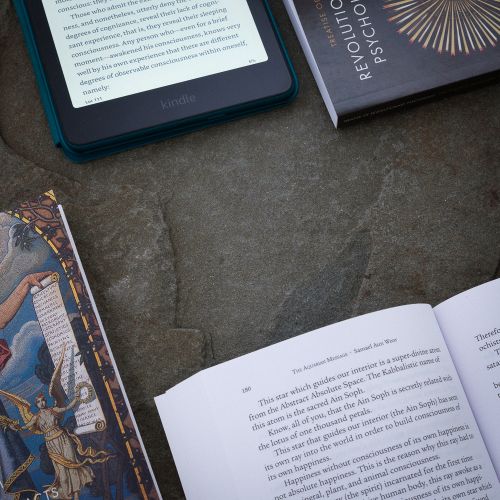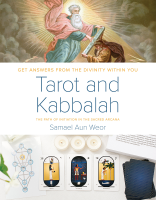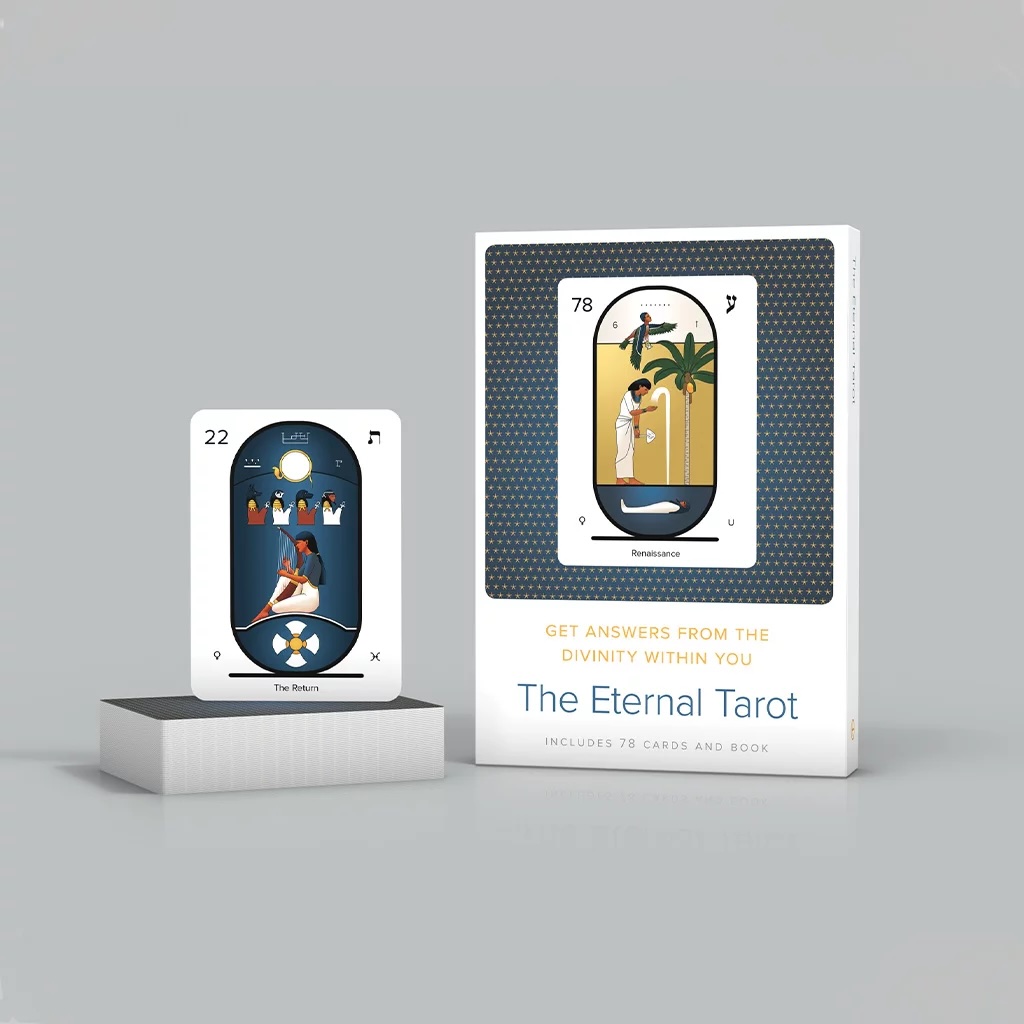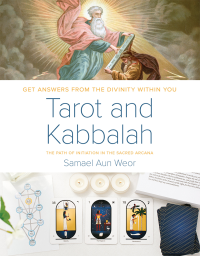Of his more than sixty books, it is in this one that Samael Aun Weor outlines the scientific foundations upon which all the world’s religions depend. Although he exhaustively revealed the correspondences between religions throughout his other writings, it is here that we discover the actual blueprints from which all religions were constructed. The supreme profundity of this information and its corresponding difficulty may be why it was one of the last books that he wrote, being finished posthumously by his wife.
To reach understanding of this profound book requires intensive study and meditation. The reader should be prepared to comprehend that much of the knowledge presented herein is contrary to the popular or “official” teachings of many religions, traditions, and schools. We should have the courage and sincerity to ask ourselves, “With the knowledge I have learned so far, have I achieved profound realization of my Inner Self? Am I transcending my own karma and suffering?” We should be brave enough to recognize that if we have not achieved these conscious experiences, then we must revolutionize our concepts, ideas, attachments, and practices. We must seek to remove what holds us back, and the gravest limitations we are all bound by are precisely within our own minds and hearts. Thus, the study of this book—as well as any scripture—requires a continual revision of the concepts we have formed and inherited from others. Throughout the process of his development, Samael Aun Weor eagerly sought to clarify and revise his own understanding of the science of awakening the consciousness, thus you find he corrected the mistakes he made in earlier writings; so, we must also perpetually question and revise our own understanding and practice.
Samael Aun Weor also corrects many mistakes and oversights made by Kabbalists and occultists. Many such corrections are made in this book but not explained. Primarily, it will be noted that many of the cards in the “popular” Tarot are improperly illustrated, interpreted, and numbered. This book provides a complete reference to the Tarot as it is used and displayed by positively awakened beings in the internal worlds. For example, the Tarot is a set of cards arranged into two groups: the Twenty-two Major Arcana and the Fifty-six Minor Arcana. However, very few contemporary Tarot decks accurately reflect the true nature of these cards, especially in the Minor Arcana. These cards should be numbered and named in the same manner as the Major Arcana; for example, the Twenty-fourth Minor Arcanum is “The Weaver.” So the author of this book will refer to these Minor Arcana not as Cups, Wands, etc. as is commonly practiced, but by their true name and number. There is a complete reference to the Minor Arcana in the Appendices of this book.
It is suggested that students who wish to consult the Tarot using the method given by Samael Aun Weor do so with a proper Tarot deck that contains the correct numbers and arrangement, else the answers given cannot be assured. Interested persons may seek to purchase The Eternal Tarot or may with some effort make their own deck based on the information provided in this text.
Students who seek to comprehend the full depth of the Tarot and the Kabbalah must seek such understanding in meditation. Moreover, students who seek to comprehend the full depth of this book must also seek such understanding in meditation. Make no mistake: the true heart of this knowledge cannot be read from a page. It is found between the lines, in the white space—the Emptiness—that can only be penetrated by the consciousness. Until we revolutionize our own minds and hearts and develop the capacity to retrieve such knowledge for ourselves, internally, directly, we will be “as a leaf tossed about by the wind.” As we read in this book, “The intellectual loses the sense of a sentence only for the lack of a period or comma. The intuitive one knows how to read where the Master did not write, and to listen when the Master is not speaking.”
May all beings be happy!
May all beings be joyful!
May all beings be in peace!
To aid your study of this profound book, we have included a short glossary of terms at the end. You can find a much more detailed glossary at glorian.org.
Mantra Pronunciation
In this book the author provides mantras for our benefit. Chanting or repetition of sacred sounds is universal in all religions. In Sanskrit, these sounds are called mantras, and their repetition is called japa.
Generally speaking, the sounds in mantras are pronounced using the ancient roots (Latin, Greek, Hebrew, Sanskrit, etc):
- I: as the ee in “tree”
- E: as the eh in “they”
- O: as the oh in “holy”
- U: as the u in “true”
- A: as the ah in “father”
- M: extended as if humming, “mmmmm”
- S: extended like a hiss, “sssss”
- CH: if the word is Latin, pronounced as k. If the word is Hebrew, pronounced as a scrape in the back of the throat, as in “Bach”
- G: In most mantras, G is pronounced as in “give”
Should Mantras be Spoken Aloud or Silent?
“...the verb is of triple pronunciation and that it endows three norms: verbal, mental, and conscious. One can articulate with the creative larynx, one can vocalize with his thought, and one can vocalize with the superlative consciousness of the Being.” –Samael Aun Weor, Esoteric Medicine and Practical Magic
“There are three ways that one learns to use a mantra, to repeat prayers or sounds. They are quite simple: aloud, quietly, or silently.
Vaikhari Japa: verbal, loud
Upamshu Japa: whispered or hummed
Manasika Japa: mental, silent, without moving.” –the lecture Yoga of Devotion
“The fruits of whispered japa are a thousand times more powerful than the verbal japa, and the fruits of the silent, mental japa are hundreds of thousands of times more powerful than the verbal japa. Mental japa can even be kept up while at work.” –Swami Sivananda








